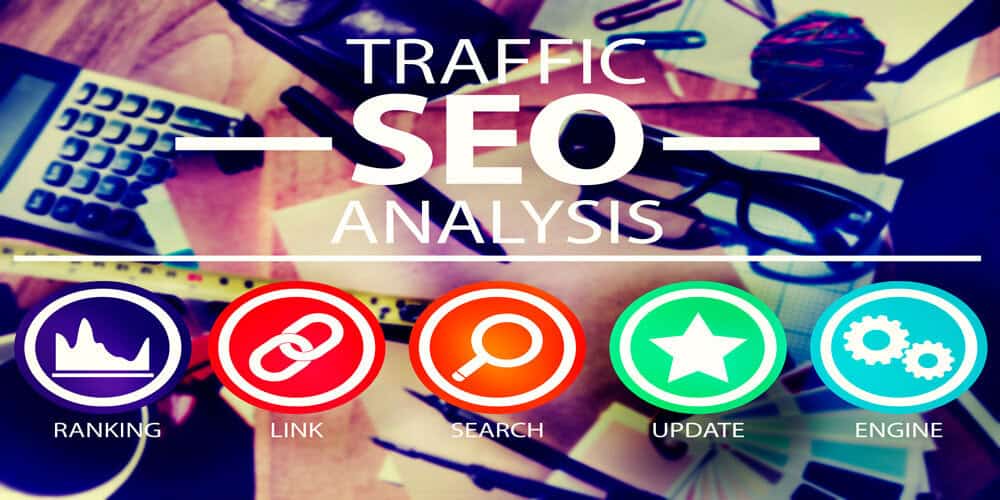Search Engine Optimisation (SEO) is the process of optimising your website to rank higher in search engine results pages (SERPs) for specific keywords or phrases. Many businesses understand the importance of SEO and invest heavily in optimising their website to achieve higher rankings. However, what many fail to realise is that SEO is not a one-time process, but a continuous one. In this blog post, we will explore why SEO is a continuous process and how businesses can benefit from this approach.

Search algorithms are constantly changing
Search engines such as Google are constantly updating their algorithms to improve the quality of search results and ensure that users get the most relevant and useful information. This means that the strategies and tactics that worked for SEO in the past may not be as effective today. SEO requires a continuous effort to stay up-to-date with the latest trends, techniques, and algorithms.
The competition is always striving to improve
SEO is not only about optimising your website but also about staying ahead of the competition. Your competitors are also investing in SEO and trying to rank higher than you. To maintain your rankings and stay ahead of your competitors, you need to continuously optimise your website and stay up-to-date with the latest trends and best practices.
Content needs to be updated and refreshed
Content is the backbone of SEO. High-quality and relevant content not only helps you rank higher in search results but also attracts and engages visitors. However, content needs to be regularly updated and refreshed to keep it relevant and useful. By updating and adding new content, you signal to search engines that your website is active and up-to-date, which can help improve your rankings.
User behaviour is constantly changing
User behaviour and search patterns are constantly evolving, and businesses need to adapt to these changes to stay relevant. For example, voice search and mobile search have become increasingly popular, and businesses need to optimise their website’s accordingly. By continuously monitoring user behaviour and adapting to changes, you can improve your SEO and stay ahead of the competition.
SEO is an investment, not a cost
SEO is often seen as a cost, but it is actually an investment in the long-term success of your business. By continuously optimising your website, you can attract more traffic, generate more leads, and increase conversions. The ROI of SEO can be significant, and businesses that invest in SEO see a higher return on investment than those that don’t.
Search intent is constantly evolving
Search intent refers to the reason behind a user’s search query. For example, a user may search for “best pizza in Durham” with the intent to find a pissa restaurant to order from, while another user may search for the same query with the intent to find a list of pizza restaurants to visit. Search engines are constantly working to understand user intent and provide the most relevant results. As a result, businesses need to continuously optimise their website and content to match the evolving search intent of their target audience.
New opportunities arise
As technology evolves, new opportunities for SEO arise. For example, the rise of social media platforms has given businesses the opportunity to leverage social signals to improve their search rankings. Similarly, the growing importance of local search has created new opportunities for businesses to optimise their local listings and attract more customers. By continuously monitoring the SEO landscape, businesses can identify new opportunities and stay ahead of the competition.
The impact of SEO is not immediate
SEO is a long-term strategy that requires patience and persistence. The impact of SEO efforts may not be immediately visible, and it may take several months to see significant improvements in search rankings and traffic. However, the benefits of SEO are long-lasting, and businesses that invest in SEO can see a significant increase in their online visibility, traffic, and revenue over time.
In summary, SEO is a continuous process that requires ongoing effort, adaptation, and investment. By staying up-to-date with the latest trends and best practices, adapting to changes in search algorithms and user behaviour, and continuously optimising your website and content, you can improve your search rankings, attract more traffic, and generate more leads and conversions. Remember, SEO is not a one-time task but an ongoing investment in the success of your business.





